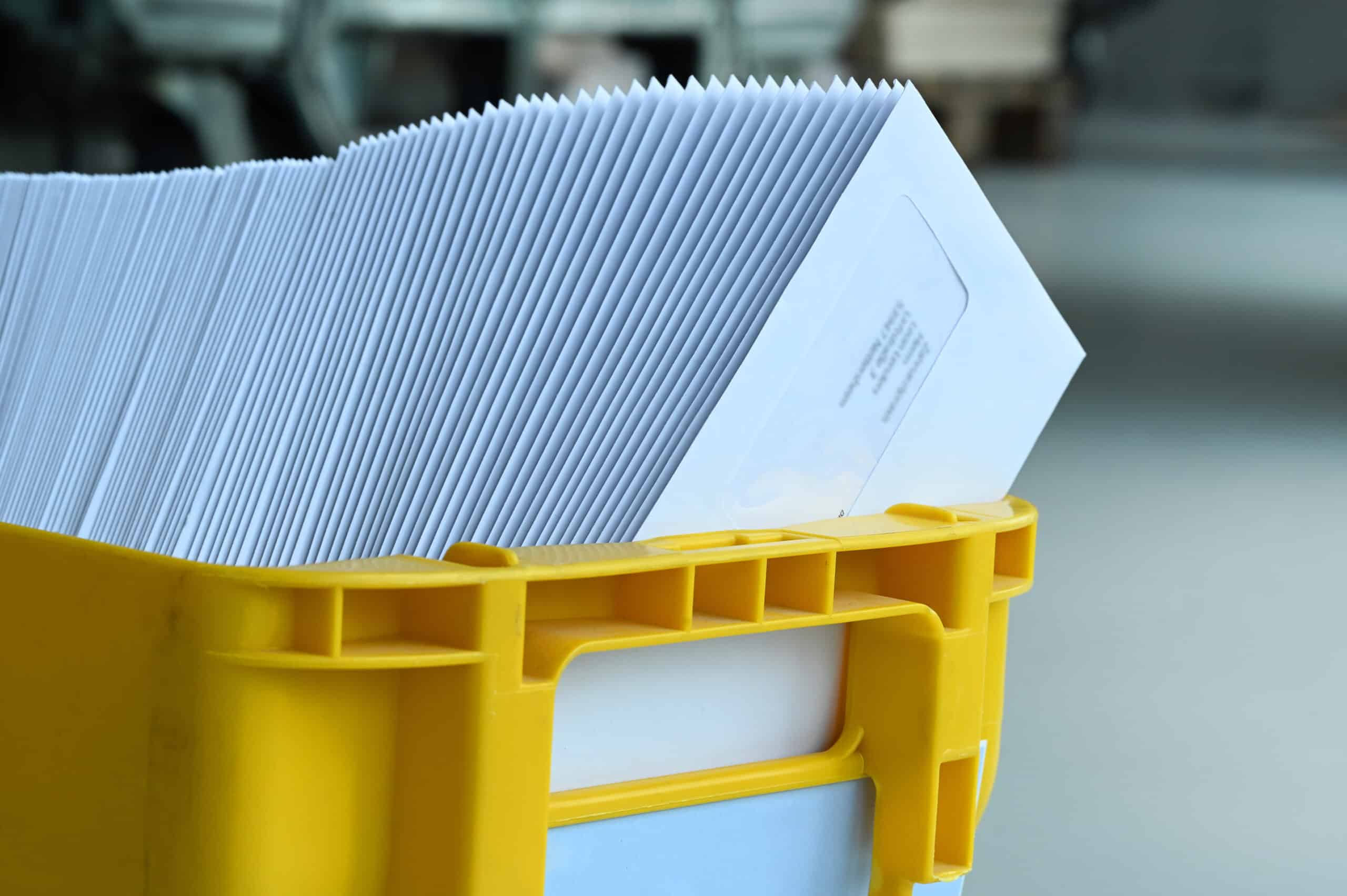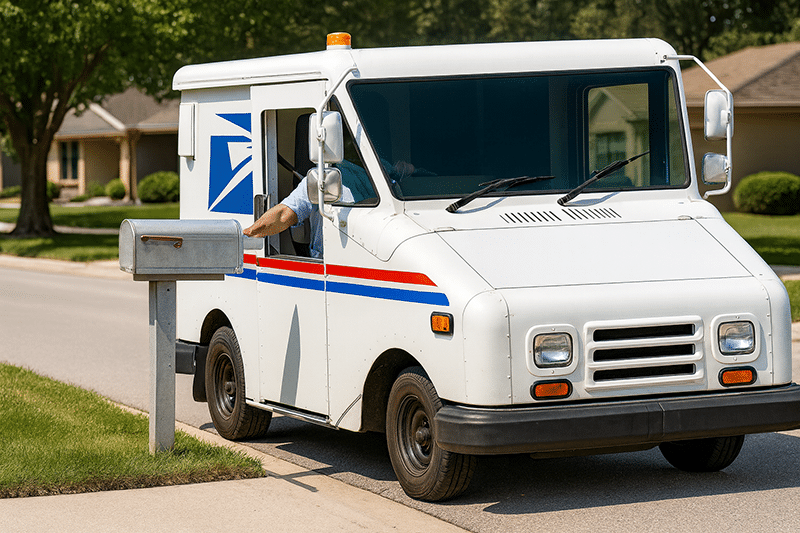Direct Mail marketing has evolved far beyond mass Postcard drops. Today, it blends precision targeting, brand storytelling, and measurable results into one of the most trusted and effective performance channels. Whether you’re refining your strategy or launching a new campaign, these 10 questions highlight how to get the most from your Direct Mail investments.
1. Choosing Between First-Class and Marketing Mail
The best choice depends on your campaign’s goals. First-Class Mail is ideal when timing matters—like billing statements, appointment reminders, or personalized offers. It’s typically delivered within 1–5 business days and includes return services. Marketing Mail, on the other hand, is more cost-effective and well-suited for larger-volume outreach where speed isn’t the priority. We help marketers find the right balance between urgency, cost, and impact based on the specific campaign objective.

2. How Long From Design to Delivery?
Most campaigns—from creative approval to in-home delivery—take between 10–14 business days. Simpler formats like Postcards and Flyers can move faster, while complex formats like personalized Self-Mailers or segmented Letters and Statements may take a bit longer. For tight timelines, we offer expedited production and drop options to keep your message on track.
3. Why Data Hygiene Matters More Than Ever?
Clean data is the engine behind every high-performing Direct Mail campaign. Lists that are outdated or poorly formatted increase bounce rates and waste valuable spend. Every mailing list we handle is processed through USPS-certified CASS and NCOA systems, which correct address errors and remove undeliverables. Clients who invest in regular list hygiene often see up to 20% greater efficiency in delivery and ROI.
4. Measuring Campaign Success
We define campaign success in concrete terms from the start—commonly through response rates, conversions, and ROI. Using personalized QR codes, call tracking, and offer-specific redemption codes, we help clients precisely attribute results. For long-term strategy, metrics like cost per acquisition (CPA) and customer lifetime value (LTV) give a more complete picture of performance.

5. Reaching Back with Reactivation Campaigns
Direct Mail excels at reactivating lapsed customers. If a customer hasn’t interacted in the past 3–12 months, a well-timed mail piece—paired with a compelling offer—can re-establish engagement. We’ve seen re-engagement rates as high as 35% with targeted, thoughtful reactivation campaigns. These efforts are especially effective when layered with customer segmentation and historical purchase behavior.
6. One Big Blast vs Smaller Waves?
Breaking campaigns into smaller waves creates better performance over time. It allows for more testing, optimizations, and ongoing touchpoints. Frequent, segmented waves keep your brand top of mind without overwhelming your audience. You gain real-time insights to adjust messaging, offers, or targeting between drops—maximizing both impact and efficiency.
7. High-Performing CTA Formats
Calls-to-action work best when they’re clear, bold, and easy to act on. Some of the top-performing CTA formats include:
- “Scan this QR code to claim your discount”
- “Call now to schedule your free consultation”
- “Scan this QR code and enter code SAVE25”
A strong CTA should visually stand out, connect to a clear incentive, and include urgency with a deadline. These elements drive action and make it easier to measure results.
8. Building Loyalty and Retention with Mail
Direct Mail offers a tangible way to nurture relationships beyond the inbox. Loyalty touches like thank-you Postcards, milestone Snap Packs, or exclusive offers delivered via Booklets show appreciation and build emotional resonance. Brands that regularly reach out to their existing customers through meaningful mailings see stronger retention, deeper loyalty, and increased repeat purchases.
9. In-House vs Creative Partner?
Both paths can work, but a hybrid approach often delivers the most value. Many clients rely on their in-house brand and strategy teams while tapping us for Direct Mail production, creative execution, and logistics. For those without internal design support, we offer concept-to-completion creative services that ensure brand consistency and print-ready precision.
10. What’s Next in Direct Mail Innovation?
Innovation in Direct Mail is accelerating. Programmatic triggers—sending mail automatically based on actions like cart abandonment or browsing behavior—are already reshaping how campaigns are timed and personalized. We’re seeing growth in sustainable formats, recyclable materials, and interactive elements like Augmented Reality (AR) and NFC technology. As customer data becomes richer, Direct Mail is becoming more dynamic, targeted, and measurable than ever before.

Final Takeaway
Direct Mail marketing continues to prove its value as a high-performing, brand-building channel. Whether you’re activating new customers, re-engaging old ones, or investing in smarter formats, the key is thoughtful planning backed by data, creative clarity, and seamless execution. When done right, Direct Mail doesn’t just compete with digital—it complements it, and in many cases, outperforms it.
